Your cart is currently empty!
Tag: Sustainable Practices
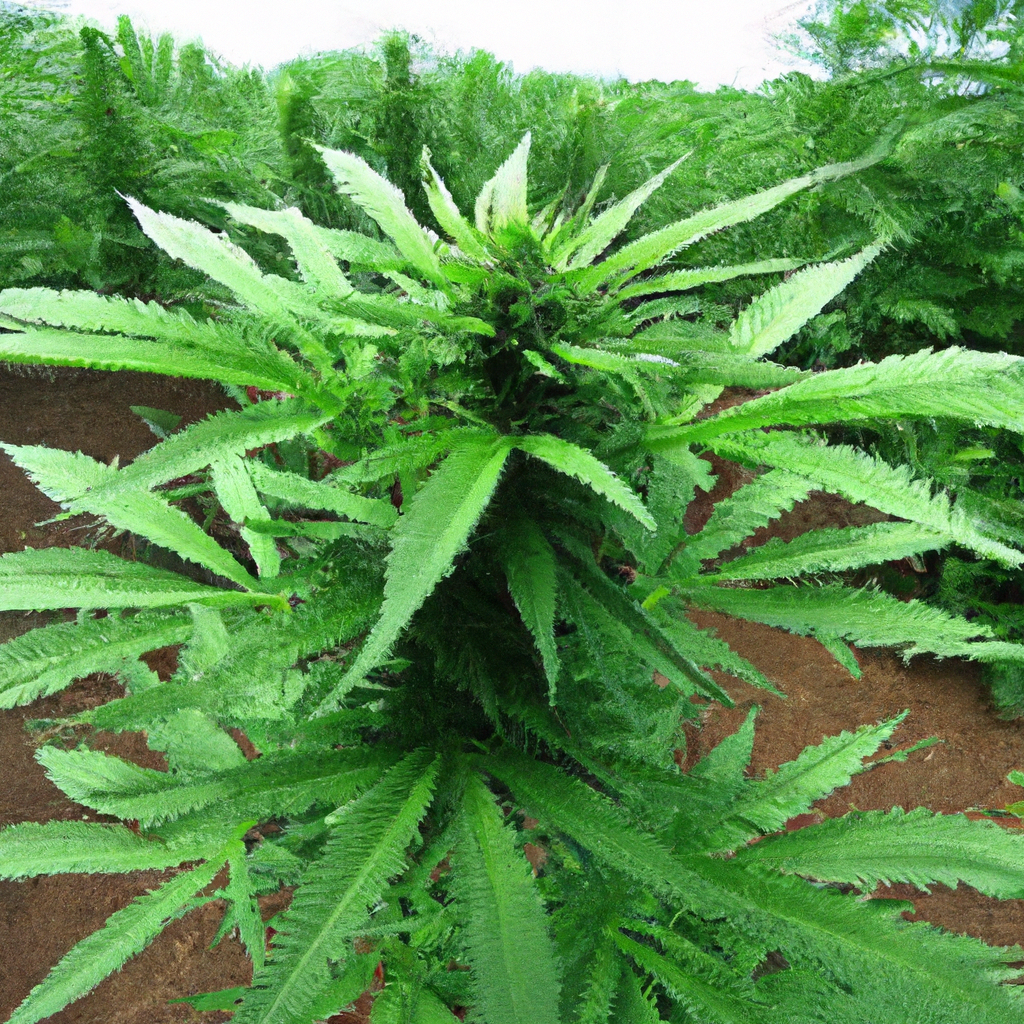
Cultivating cannabis successfully benefits greatly from implementing crop rotation, an age-old agricultural practice that enhances soil health, controls pests, and boosts yields. By rotating cannabis with different crops such as legumes, cultivators can enrich the soil with essential nutrients while breaking pest and weed cycles. This approach fosters sustainable and eco-friendly farming methods, leading to…
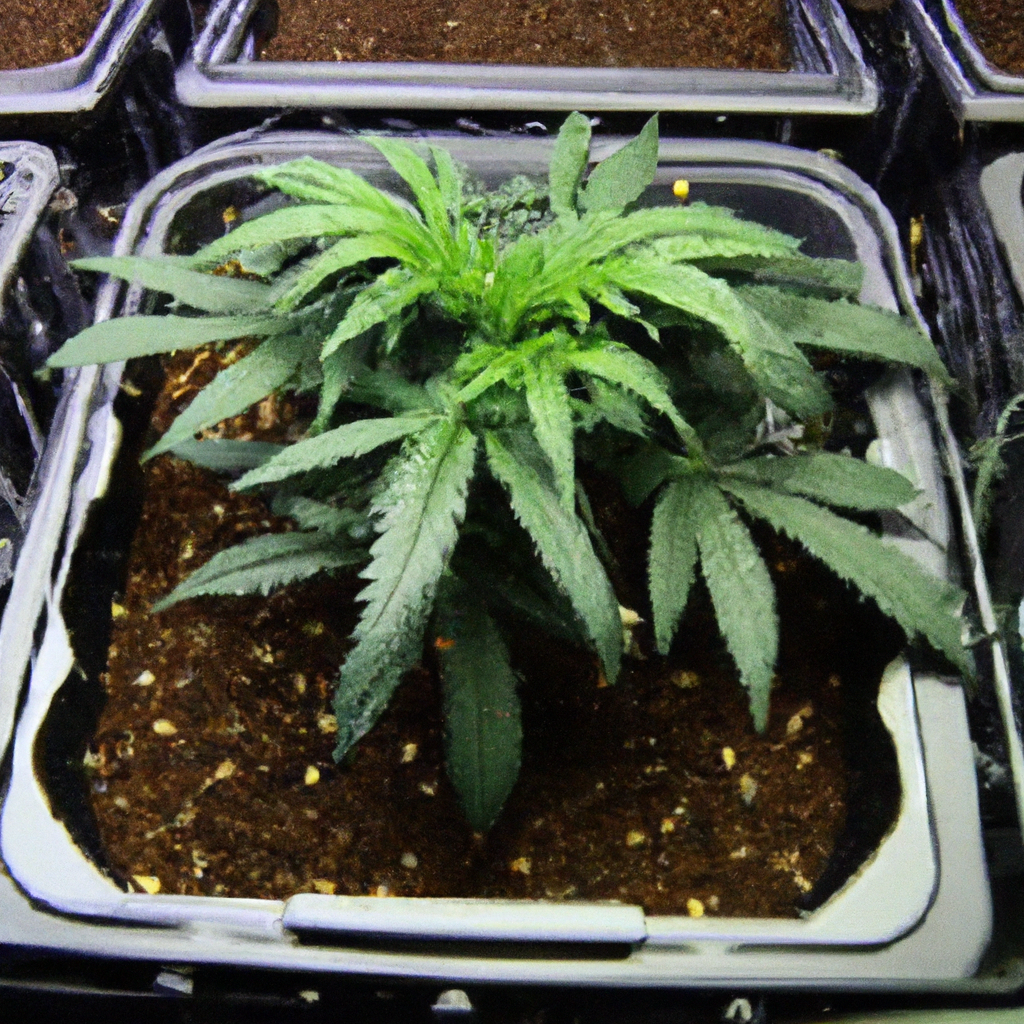
Hydroponics has transformed cannabis cultivation by providing a soil-free, nutrient-rich growing method that enhances growth speed and yield. This guide navigates through essential components like the reservoir, grow tray, and nutrient solution, and provides a step-by-step setup for systems such as Deep Water Culture or Nutrient Film Technique. Key tips include choosing equipment, mixing nutrients…

As the cannabis industry adapts to increasing environmental awareness, many growers are opting for organic cultivation methods to produce higher-quality, eco-friendly cannabis. This shift involves using natural fertilizers, building healthy soil ecosystems, and implementing sustainable pest control techniques. Key practices include utilizing quality compost, beneficial microbes, and cover crops to enhance soil health. Natural fertilizers…
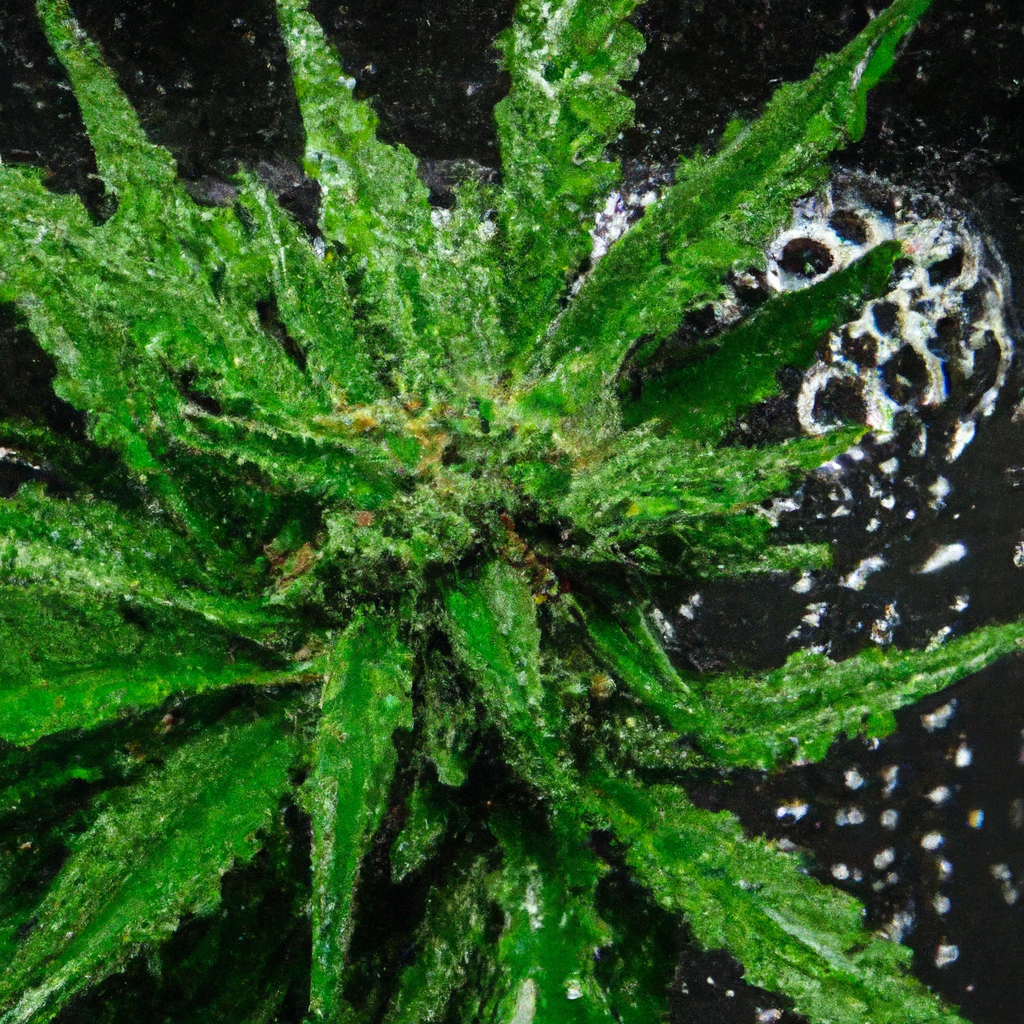
Growing healthy cannabis involves meticulous attention to detail, with water quality being a crucial yet often overlooked factor. This guide highlights water filtration techniques that optimize cannabis growth by providing pure hydration. The importance of water quality is underscored by the need to remove contaminants that hinder plant growth. Key filtration methods include carbon filtration,…
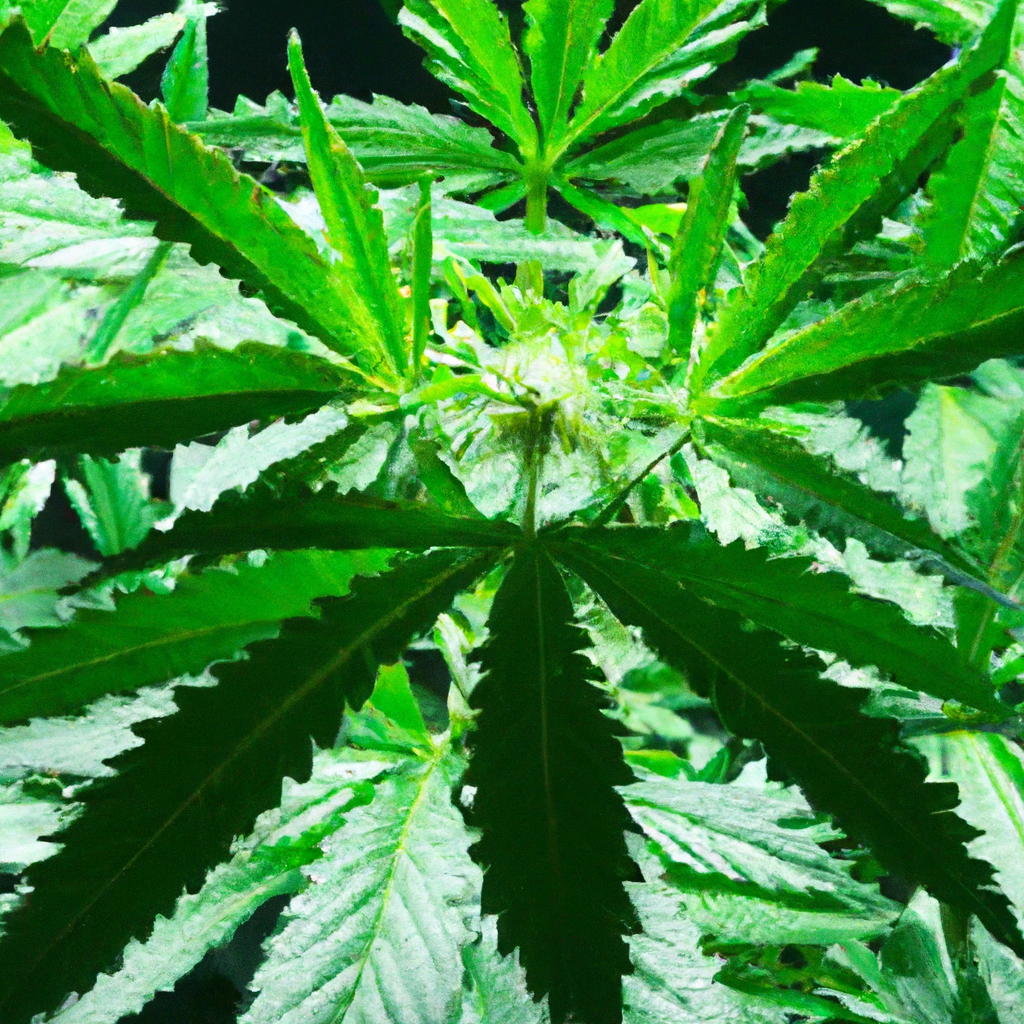
This guide explores the transformative role of LED lighting in cannabis cultivation, highlighting its efficiency, energy savings, and customizable light spectrum to enhance yield and plant health. By offering best practices for positioning, spacing, and light cycles, growers can maximize these benefits. While LEDs require a higher initial investment, their advantages in reducing energy costs…
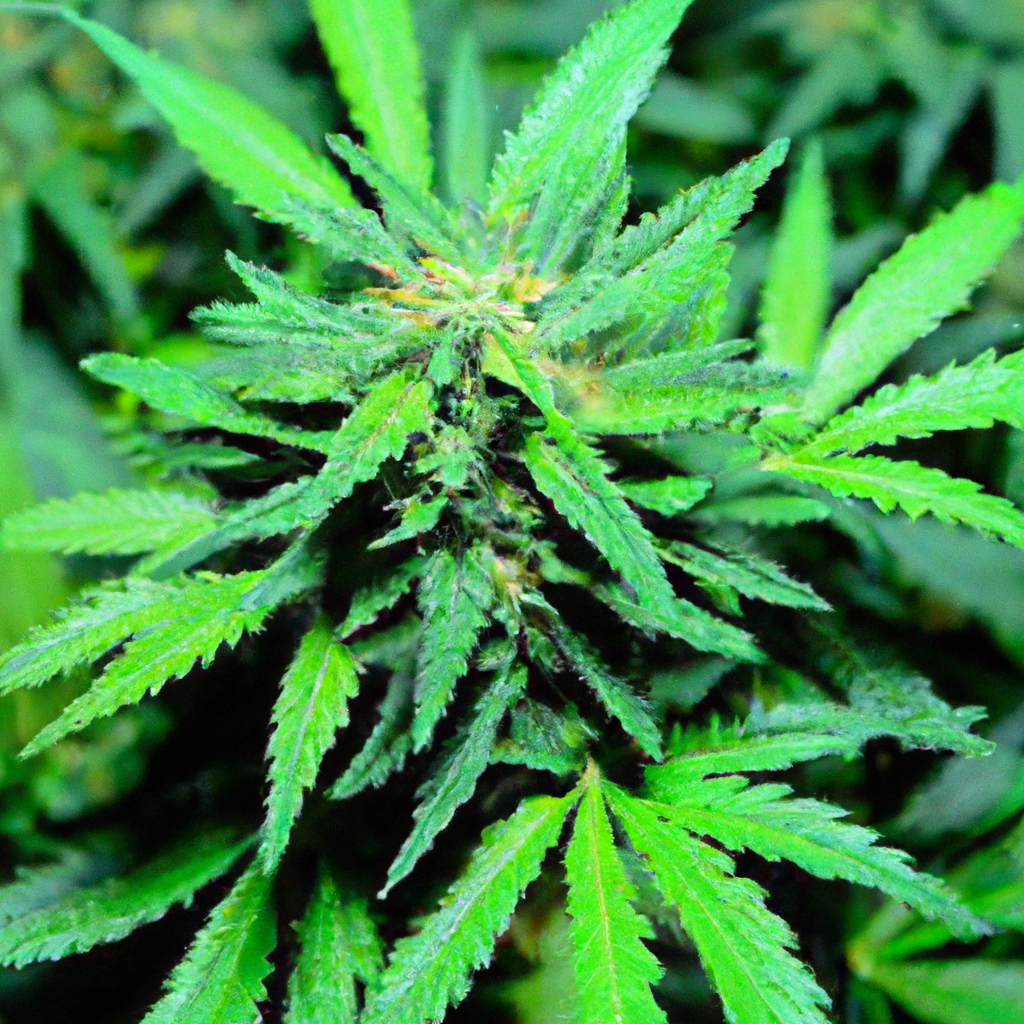
Unlock the secrets of advanced cannabis cultivation by mastering nutrient synergy. This approach involves strategically balancing key nutrients like nitrogen, phosphorus, and potassium, along with vital micronutrients and organic amendments, to enhance plant growth and yield. Key techniques include using foliar sprays, enriching soil with beneficial microbes, and timing nutrient application to plant growth phases.…
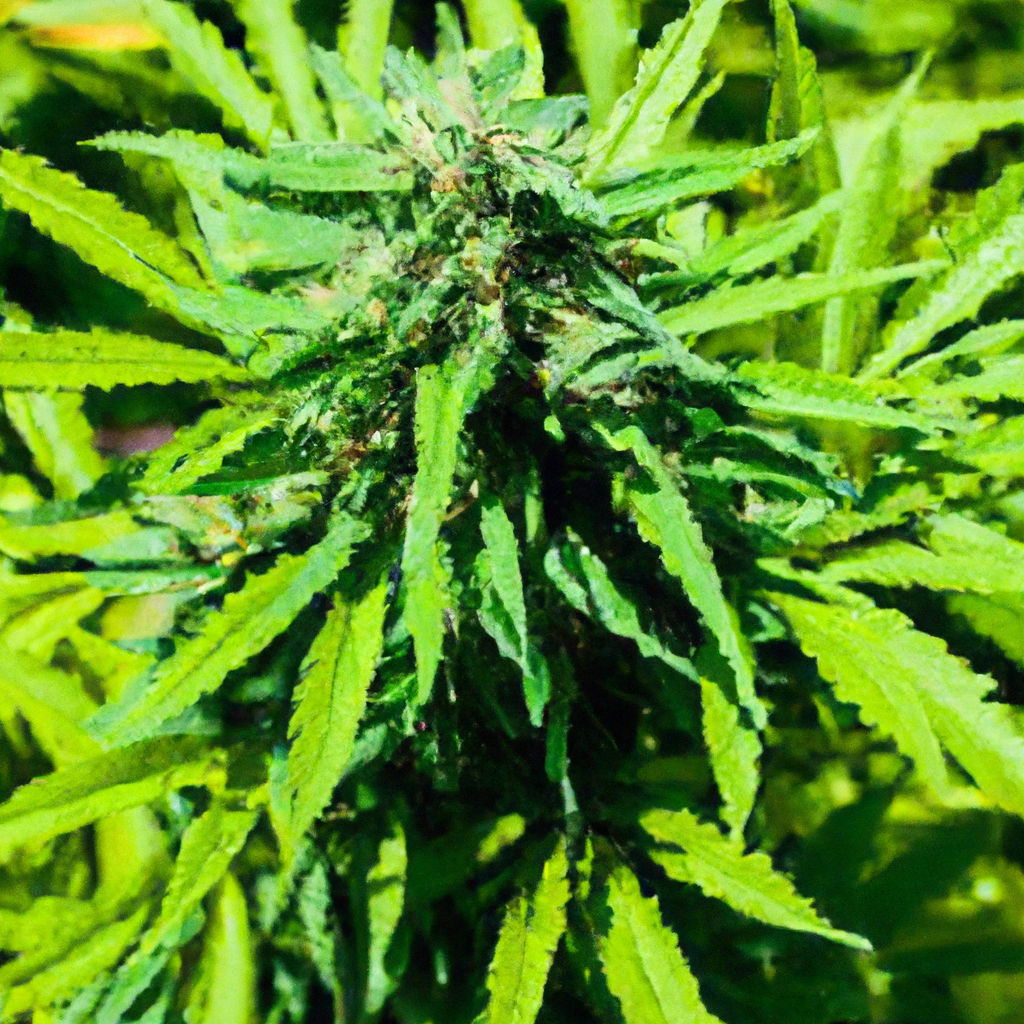
Cannabis polyculture is transforming modern cannabis cultivation by integrating multiple crop species to enhance yields, protect ecosystems, and improve quality. This approach leverages biodiversity for improved pest management, soil health, and resource efficiency, promoting a sustainable agricultural model. By choosing compatible companion plants and carefully planning crop layouts, growers can foster a thriving ecosystem. As…
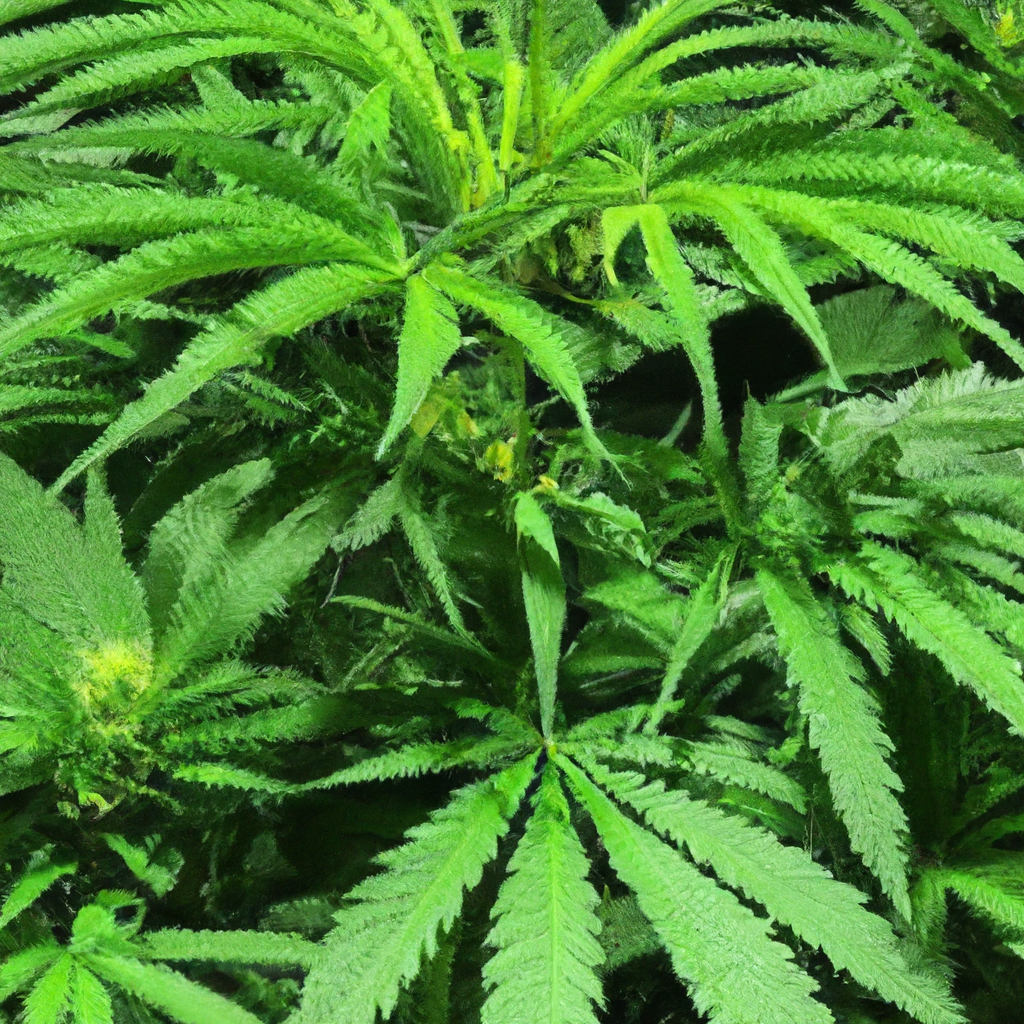
In the realm of cannabis cultivation, managing pests effectively is essential to ensure healthy, thriving plants. This guide provides practical tips for identifying common pests like spider mites, aphids, whiteflies, and caterpillars, and advises on introducing preventative measures such as companion planting and regular inspections. It advocates for natural and organic pest control methods like…
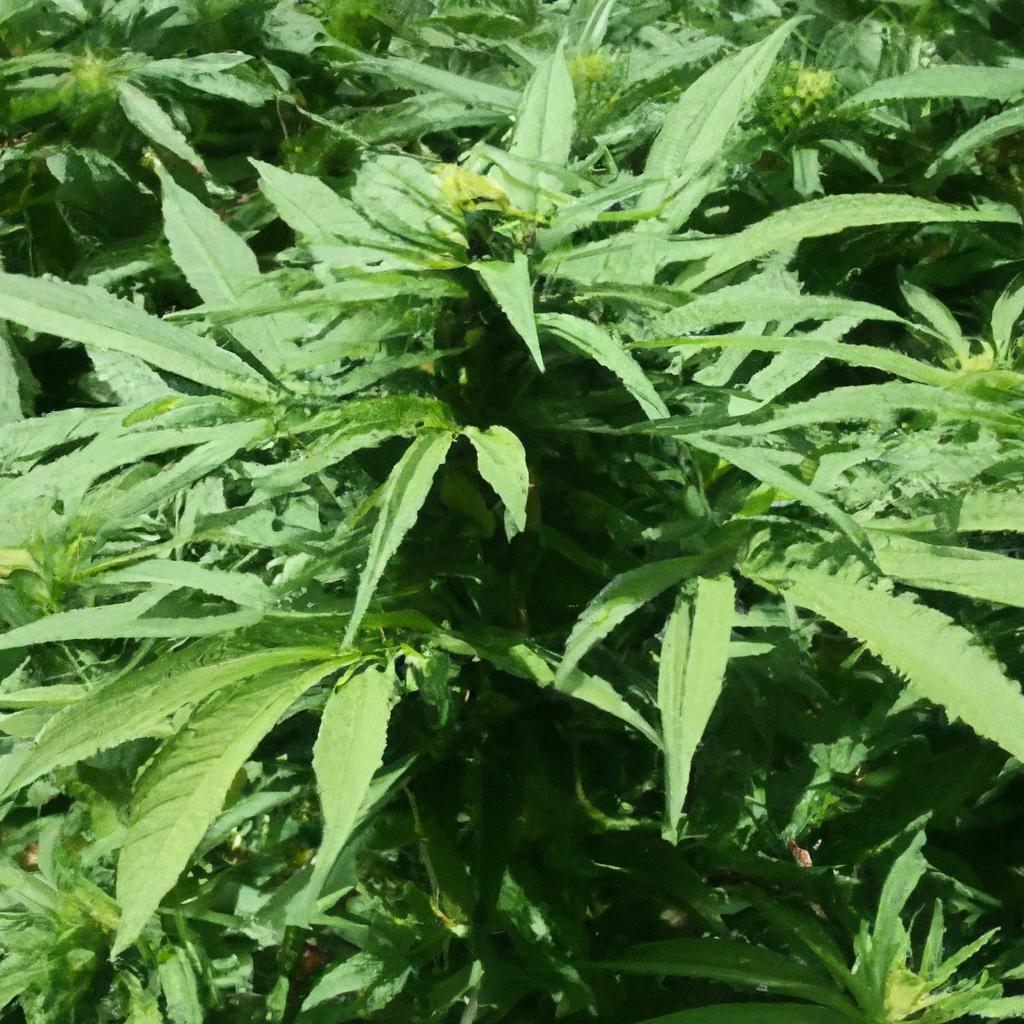
Organic cannabis cultivation is gaining traction in agriculture, promoting environmental health and consumer safety by eliminating synthetic chemicals. Key practices include developing healthy soil ecosystems through compost, cover crops, and mulch, using natural fertilizers like fish emulsion and worm castings, and employing organic pest control methods such as companion planting and neem oil. This approach…
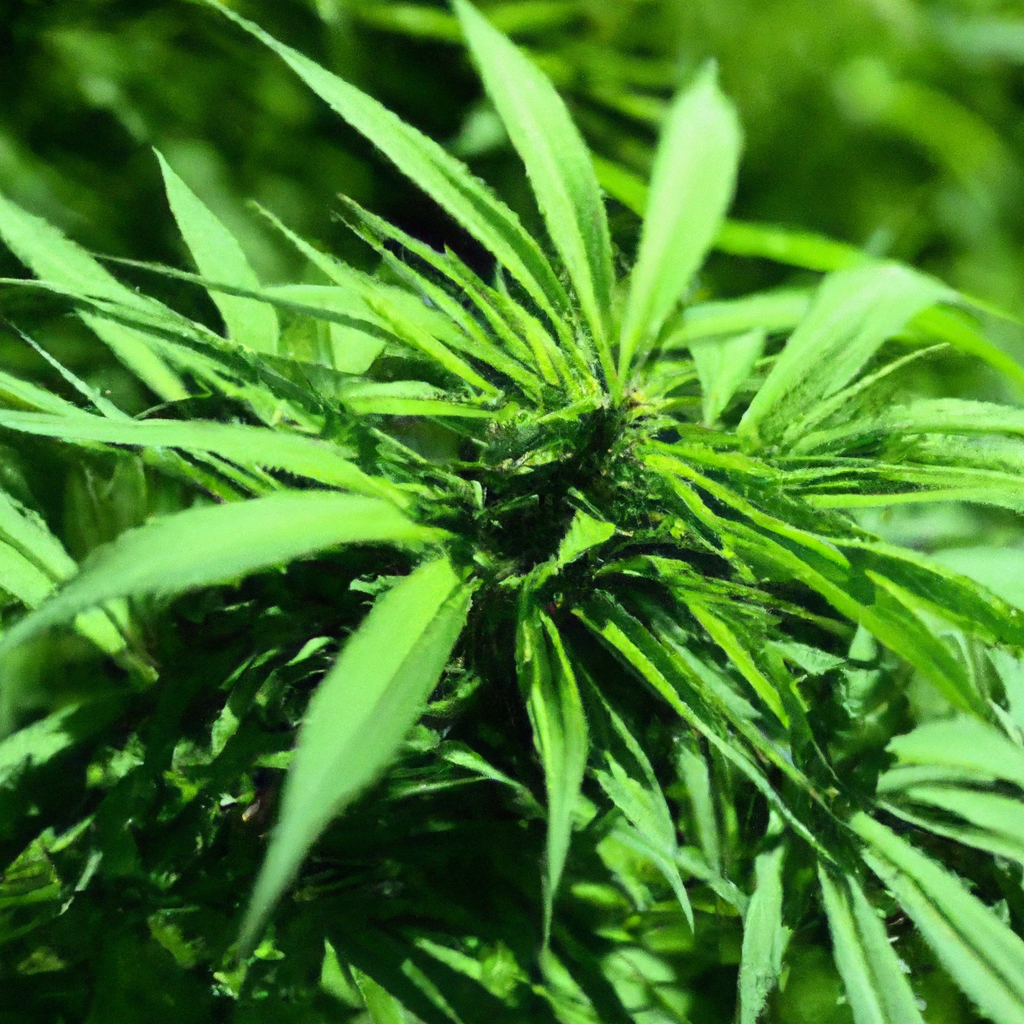
Step into the world of organic cannabis cultivation, where sustainability enhances quality, contributing to a healthier product and a better environment. This blog explores organic growing best practices, focusing on maintaining soil health through natural fertilizers like compost and manure, boosting soil ecosystems with beneficial microbes and cover crops, and embracing natural pest control methods…
